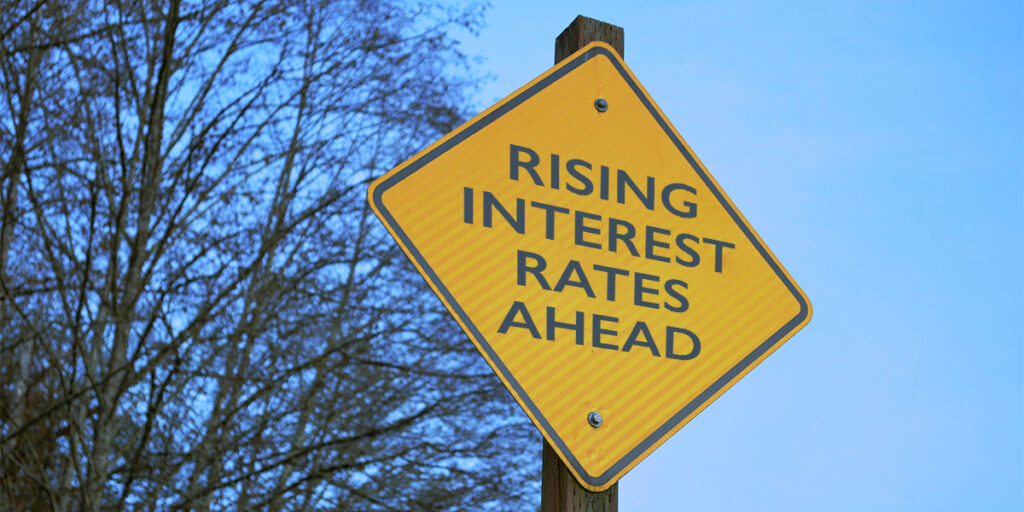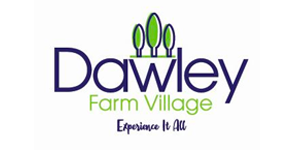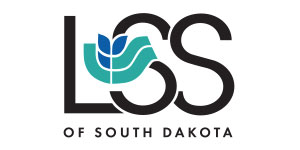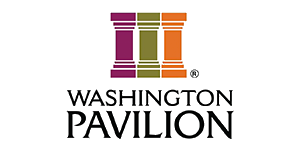How the ‘Goldilocks principle’ applies to interest rates
This paid piece is sponsored by The First National Bank in Sioux Falls.
By Matt Adamson, portfolio manager with The First National Bank in Sioux Falls.
One of the great shocks of my early career was coming across an old mortgage rate slider card from my grandparents’ former realty business.
For those who are unaware — I was too — a mortgage rate slider card was an envelope with a paper insert that you could slide back and forth to figure out your mortgage payment for a given interest rate — basically, a pre-computer mortgage calculator.
But it wasn’t the 1980s technology that shocked me; it was the 1980s interest rates.
This 30-year-mortgage slider started at 12 percent and ended at 16 percent. How in the world did people buy houses?

Many borrowers have been feeling similar shock at this year’s rapidly increasing interest rates — and understandably so. The negative effects of increasing rates are easy to see — higher borrowing costs and debt service being first and foremost.
So are higher interest rates entirely bad news? No.
In fact, low interest rates can cause problems too. Like most things in life, interest rates are best kept in healthy balance: not too high and not too low.
Let’s look at some positive effects of higher — but not too high — interest rates.
Investment income
First and foremost, higher interest rates provide more income to savers, retirees and others who rely on investment income.
The ability to earn a reasonable return on safe investments is a major benefit for these groups, but it also has broader investment effects.
During periods of very low rates, investors can be forced into taking risky investment positions to meet even modest spending goals. Low rates also benefit leveraged strategies, which are often poorly understood and carry far greater downside than most investors realize.
Both effects result in increased instability and can lead to permanent losses for unsuspecting investors. On the other hand, higher rates put a damper on these effects.
Healthy growth
While not necessarily the cause of it, interest rates are a strong sign of the economic health of a country.
Think of interest rates like a marathon runner. Running 26.2 miles might sound like a bad idea to most people, but the healthiest runners would have no problem completing this difficult task.
Likewise, a healthy economy with high productivity and growth can support higher interest rates. No pain, no gain.
Economic resiliency
Higher interest rates also contribute to the resiliency of an economy.
Starting with higher rates gives policymakers room to adjust them downward when trouble inevitably comes. Instead of painful write-downs or bankruptcies, debt service can be reduced through interest rate cuts.
While this won’t save every borrower from default, it does help cushion the blow to healthier companies and reduce the severity of recessionary periods.
Zombie killers
One last benefit of higher rates is their function as the cost of capital for businesses. It may seem counterintuitive, but economic health depends on destruction as much as new growth.
Just like in a healthy forest, more frequent but smaller fires — i.e., bankruptcies — go a long way in preventing larger, more catastrophic fires — i.e., depressions.
Higher interest rates create a profitability hurdle for businesses to overcome. Poorly performing businesses that cannot support their debt service — “zombie” companies — shrink in size or go bankrupt, clearing the way for healthier, more profitable businesses to gain market share.
Survival of the fittest works in markets as well as nature.
As you can see, the Goldilocks principle of “not too hot, not too cold” also applies to interest rates.
Very low rates tend to coincide with stagnation, such as Japan and Europe over the past decade, and very high rates can trigger a recession or be a sign that inflation is too high — the U.S. in the 1970s.
Interest rates hit rock bottom during the onset of the pandemic in 2020, and the return to more normal ranges over the past year has been painful. Despite that pain, rising rates are often a sign of positive developments on the horizon.
So stay optimistic — and if you’d like some help navigating the current interest rate environment, send the First National Wealth Management team a note.
Share This Story
Most Recent
Videos
Want to stay connected to where you live with more stories like this?
Adopt a free virtual “pigeon” to deliver news that will matter to you.





























